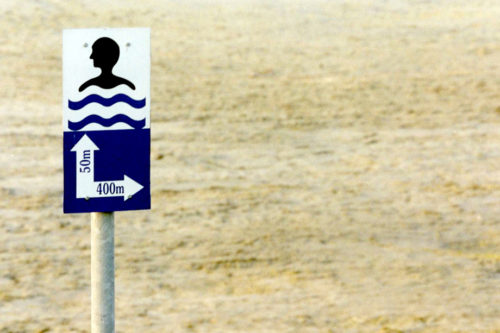The biggest lake of Central Europe has reacted to global warming rather sensitively. The average depth of the lake is some 1800 million cubic metres. Under the optimal specific precipitation the amount is “replaced” in 2.2 years. The basin of Balaton is 5180 square kilometres, its main inflow is river Zala, but several smaller streams, ditches from Berek and peaty streamlets transport water into it. The level of the water decreases through evaporation during the summer and increases in autumn and winter thanks to precipitation. The average depth of the lake is 3-4 metres, the deepest point is 11 metres. Its bed drops down from the north, so the shallow water of the southern shore is getting warm easily in summer. On the northern shore water quickly deepens, the hills of Bakony covered with forests tower nearby. The only outflow of Balaton is channel Sió. The sandbars blocking Sió were first cut through by Galerius Roman emperor. The present level of the lake has been typical since the middle of the 19th century. Back then the level was significantly reduced due to the railway construction on the southern shore. The level is now regulated to around 104 metres in elevation with the help of the dam system at Siófok.
The impact of climate change has dramatically reduced the amount of autumn and winter precipitation in particular years. To increase the level by one centimetre 6 million cubic metres of inflow is needed. Due to the heat and the impact of evaporation 250-300 million cubic metres of water was lacking from the lake by the years of 2002 and 2003. Although the dam system of channel Sió had been closed, still the southern shore of the lake showed a dramatic picture due to drying out. At certain places water disappeared from the shore in more hundred-metre-long streches. The shallow strech of shore became unsuitable for any form or activity of vacation, sports and recreation. Water plants living just by the shore disappeared in effect, grass species appeared in the bed. Fish were unable to run at the algal, seaweedy stones of the shallow water near the shore, scallops were dying in large numbers. Previously not typical wading birds appeared right in the place of the water strech, while indigenous water birds had migrated. Although water came back in 2004, the phenomenon recurred in 10 years, in 2013, and the future is not promising either. There have been many ideas to complement water so far, but all of them raise serious ecological or engineering problems. That is why no act has been done in practice, so the lake is still vulnerable to the mercy of climate change.


